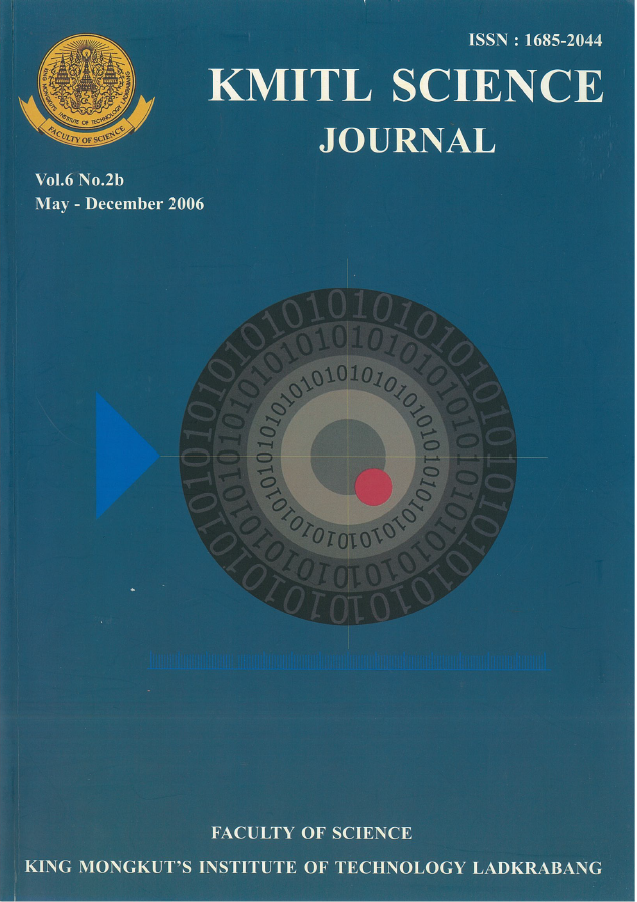The objective of this study was to find the efficient process of glucosamine extraction from hybrid silkworm molt. In principle, the main extractive process consisted of two steps. In the first step, silkworm molt was extracted to chitosan by deproteinisation, demineralisation, and deacetylation of chitin.In the second step, chitosan was depolymerized to glucosamine hydrochloride by hydrolysis reaction with variation of acid and base concentration, temperature and reaction time. From the experiment of the first step, the suitable KOH concentration in depreteinisation was 4.0% w/v at 80.0 °C for 1.5 hours while 1.0 M of HCl was the appropriate concentration in demineralisation at 45.0 °C and 1.5 hours. The appropriate deacetylation of chitin was to use 40% w/v KOH at 110.0 °C and 4.0 hours. The purity of glucosamine hydrochloride in depolymerisation was measured by HPLC (High Performance Liquid Chromatography) and compared the method of hydrolysis reaction to produce glucosamine by using HCl. cellulose TV enzyme and HCl followed by cellulose TV. enzyme as catalysts. The appropriate HCl concentration to hydrolyse chitosan was 10.7 M at 80.0 °C and 7.0 hours to reach 27.0% by crystal weight purity of glucosamine while the suitable ratio by weight in gram of cellulose TV. enzyme to chitosan was 2:1 at 37.0 °C, pH 4.0 and 12.0 hours to obtain 76.2% by crystal weight purity of glucosamine. The hydrolization of chitosan by cellulose TV. enzyme after HCl hydrolysis at the suitable condition was the most efficient to produce glucosamine hydrochloride by using the ratio by weight in gram of cellulose TV. enzyme to chitosan at 2:1, 37.0 °C, pH 4.0 and 2.0 hours (total hydrolysis time was 9.0 hours) to reach 76.0% by crystal weight purity of glucosamine.
Keywords: Chitosan, Glucosamine of Glucosamine Hydrochloride, Hydrolysis
Corresponding author: E-mail: naraporn.han@kmutt.ac.th
Piyabutr, W. ., Naraporn*, H. ., & Isaiah, T. . (2018). Glucosamine Extraction from Silkworm Molt. CURRENT APPLIED SCIENCE AND TECHNOLOGY, 546-553.

https://cast.kmitl.ac.th/articles/149999